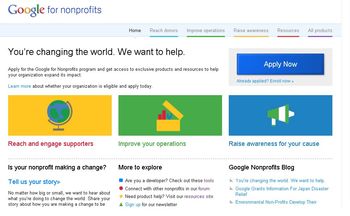 This afternoon in front of a packed room of nearly 200 nonprofit communicators in Washington DC, Google announced their most innovative and ambitious set of tools to help nonprofit organizations to succeed yet. Promising to offer $10,000 in free keyword advertising credits, branded channels and other extended premium features, the announcement of the Google for Nonprofits program divided the ways that Google could help into three core areas; reaching more donors, improving operations and raising awareness.
This afternoon in front of a packed room of nearly 200 nonprofit communicators in Washington DC, Google announced their most innovative and ambitious set of tools to help nonprofit organizations to succeed yet. Promising to offer $10,000 in free keyword advertising credits, branded channels and other extended premium features, the announcement of the Google for Nonprofits program divided the ways that Google could help into three core areas; reaching more donors, improving operations and raising awareness.
There is a great description of the program available at www.google.com/nonprofits – including answers to all the basic questions anyone interested in the program is likely to have. If you are wondering how to apply, the specific services that Google offers, what types of organizations are eligible or what the specific terms are, please do check out the site.
Once you do, here are a few observations about the most interesting aspects of this program and how your nonprofit might best take advantage of it:
- Get the right technical support. You may be tempted to think that Google making lots of technical resources freely available means you will be able to get by with internal less technical support … actually, the opposite is true. To get the most out of many of Google's services, you need a smart and savvy technical person who can understand how to integrate all the free tools and really leverage them. If don't have a great technical person, do everything you can to find one.
- Prioritize creating video. Whether or not your nonprofit is actively using video right now, Google's announcement should provide you with the motivation to start immediately. Extended features on YouTube that corporate brands pay tens of thousands of dollars for will be free for nonprofits – and taking advantage will be a great way to spread your message through a medium that people are more and more likely to engage with.
- Move fast to become a case study. While Google's announcement is new, they will be looking for success stories to feature. As a result, the quicker you can move to be part of the program, the more likely you are to get featured. This is one of those situations where being an early adopter will almost certainly pay off.
- Start with "citizen cartography." One of the best buzzwords to emerge out of the session at Google was the idea of "citizen cartography" – a slightly sexier way of describing the act of adding geographic information and context to Google Maps or Google Earth. Whether you use some of the newer digital cameras which include GPS tagging of images or input data about the locations that your nonprofit serves, there is a way to add your data to the global archive of geo-specific information that Google has which can be an easy way to start adding your mission and content to the global collective of data.
- Visualize your data. One of the hottest trends of the year, creating a more visualized way to share your data should be high on your list of priorities because chances are you have data that is underleveraged simply because it is hard to tell a story around it. Google's new "Fusion Tables" service will allow you to upload your data and turn it into a visual that can help to tell a more cohesive story. Grab your best spreadsheet, upload it and start to visualize your data now.
Overall, Google's announcement is exciting news and is bound to lead to more innovations and smart tools to help nonprofits. During the session, I asked the question of whether there would be more ways for nonprofits to collaborate with one another to help each other leverage the platforms and share both success stories and failures. The short answer was that there will be.
Ultimately, focusing on that may lead to Google tackling the biggest problem in the nonprofit world today … duplication of resources. There are dozens of organizations all fighting to raise HIV awareness. Another dozen focused on homelessness. And the list goes on and on. It is inefficient. If anyone can enable collaboration on a global scale around the key issues, it is Google. Imagine the impact that a global network of nonprofits could achieve if they were able to efficiently work together to build on one another's successes.
Enabling that kind of collaboration really could change the world.


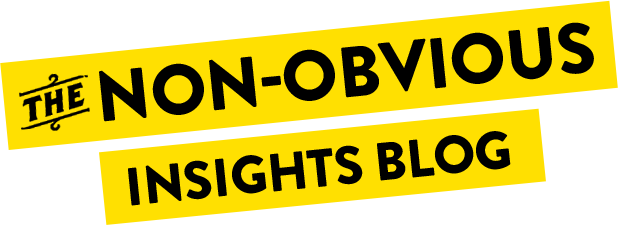




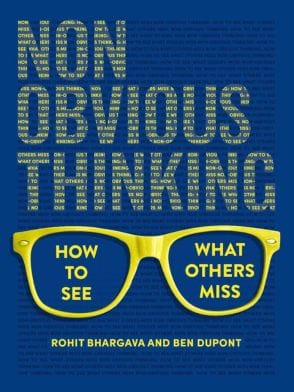

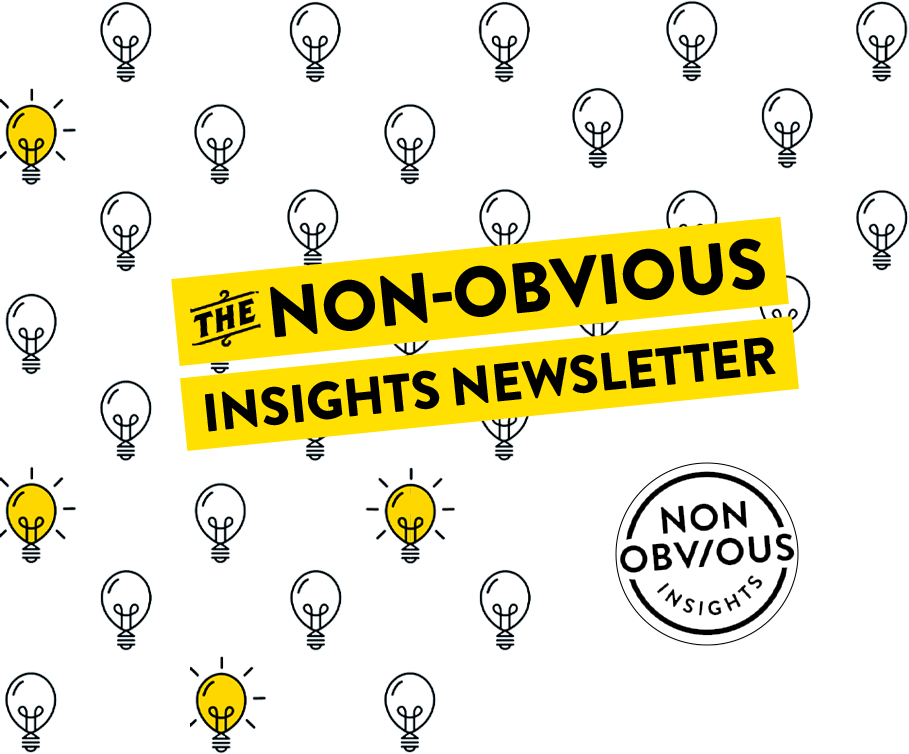



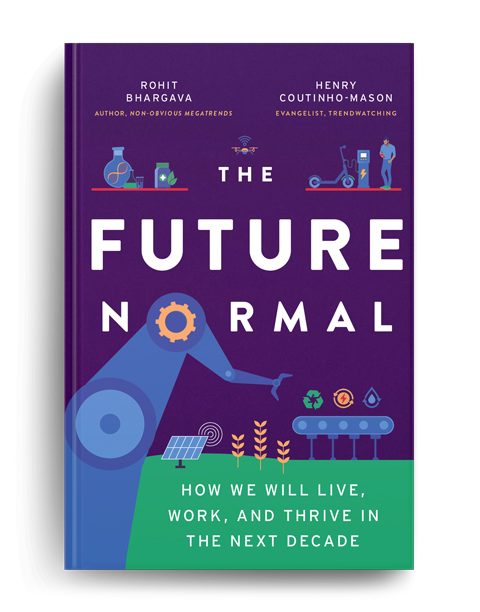
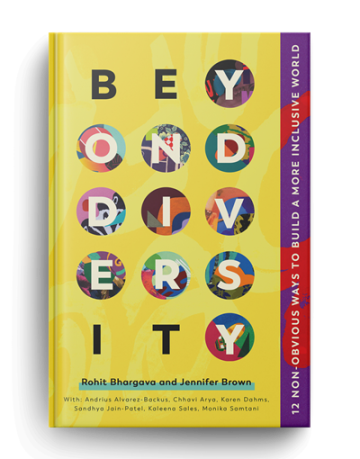
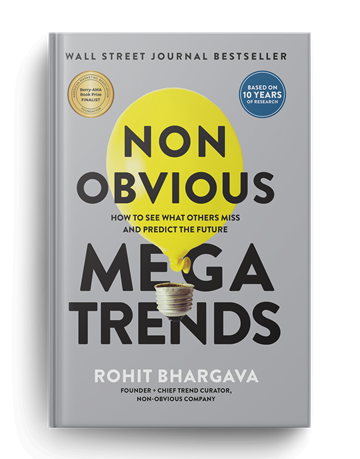
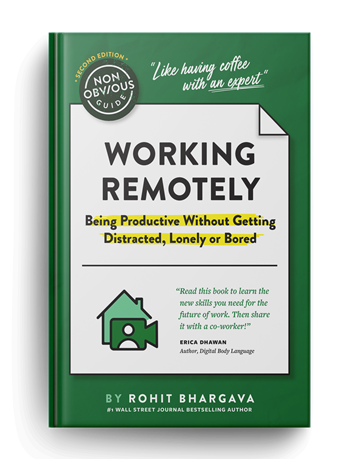
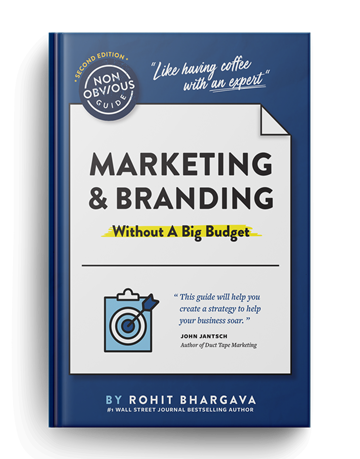

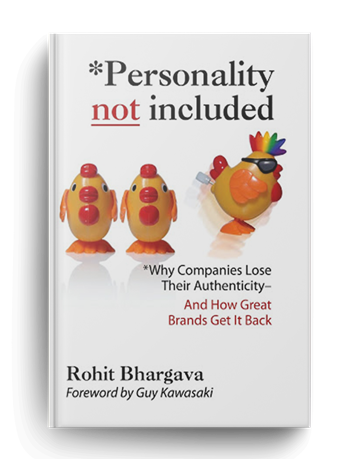
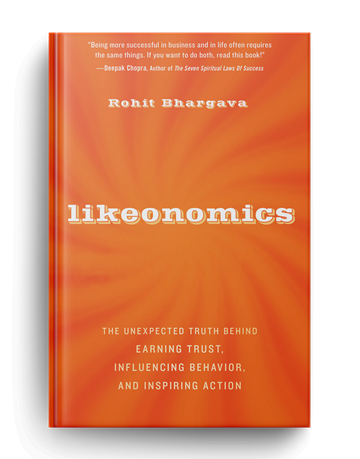

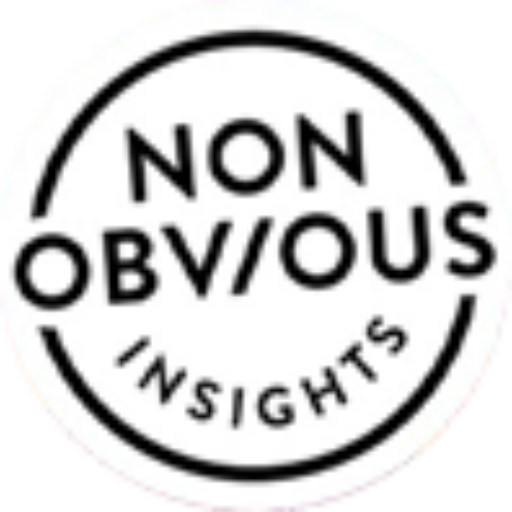
Thanks for this article. I’m actually part of that 200 non profit communicator in Washington DC although I am just a representative. Google is about to launch powerful tools that will help business minded like us to grow our website. I’m so happy that aside from google adwords, there will be other tools that will help us to improve our market.
Thanks for this article- very interesting and helpful. It however seems that this programme is currently only available to charities in the USA – would you know of any plans for a UK roll out or have any information from google on this?
I’d also be interested to know what Google’s doing in the UK. But Nadja Dias – from past experience the UK tends to be a few months behind with new Google products.
It’s going to be great to see more collaboration – as you say Rohit it’ll be so much easier to make a difference when everyone’s singing off the same hymn sheet.
I feel that the Google Non-Profits is creating a lot of hype for something that most non-profits won’t be able to use. The vast majority of the tools highlighted on the site are already freely available (and will continue to be). While it’s great that Google has put them all in one place, it shouldn’t be seen as anything new.
There are only FOUR things that you need to ‘apply’ to Google Nonprofits in order to receive:
1) YouTube for Non-Profits: the Qualifications needed for this program excludes the VAST majority of non-profits. See https://www.youtube.com/t/partnerships_benefits and below:
“You regularly upload videos that are viewed by thousands of YouTube users, or you publish popular or commercially successful videos in other ways (such as DVDs sold online).”
2) Google Adwords: this is the only one of the products that would seem to be beneficial to any small or mid-size non-profit organizations.
3) Google Earth/Mapping capabilities. Again, the VAST majority of non-profits don’t need these capabilities. Google Maps free capabilities are already sufficient for most groups that aren’t the size of the Red Cross or Doctors Without Borders.
4) Google Apps, Education or Business Edition
This just means that if you have less than 3,000 users you can use Gmail with your domain name and Google Docs and Calendar for ‘free.’ The site fails to mention that if you have fewer than 50 users (again, the VAST majority of non-profits) you can already get this for free.
This is awesome that Google is helping nonprofits. I do my part as well by providing marketing plan audits because I grew up at the local B&G Club. Where I got a lot help with school work and guidance.
Community Interest Companies, social enterprise etc, which are not charities, but ARE non-profit in the UK appear to be excluded. Again.
Unfortunately given the high level of competition for resources – the charity sector trends -running a nonprofit organization is becoming more of exercise into media and publicity and less of actual on the ground social work.
Can you recommend any Google marketing resources customized for small business needs?
Cheers!
Rohit – I was at the NTC conference, and even wrote about this grant on my blog. But this article outlines an excellent way to get the most out of the grant.
Nice work!